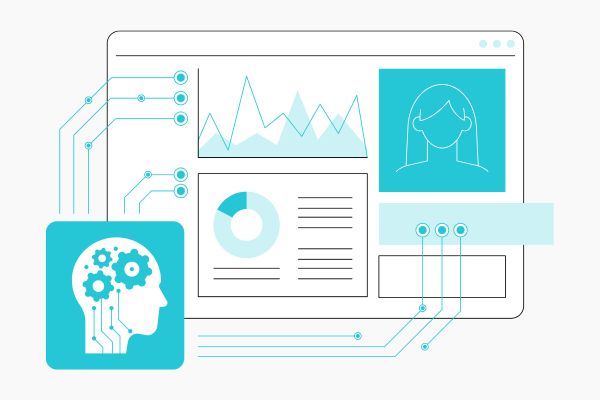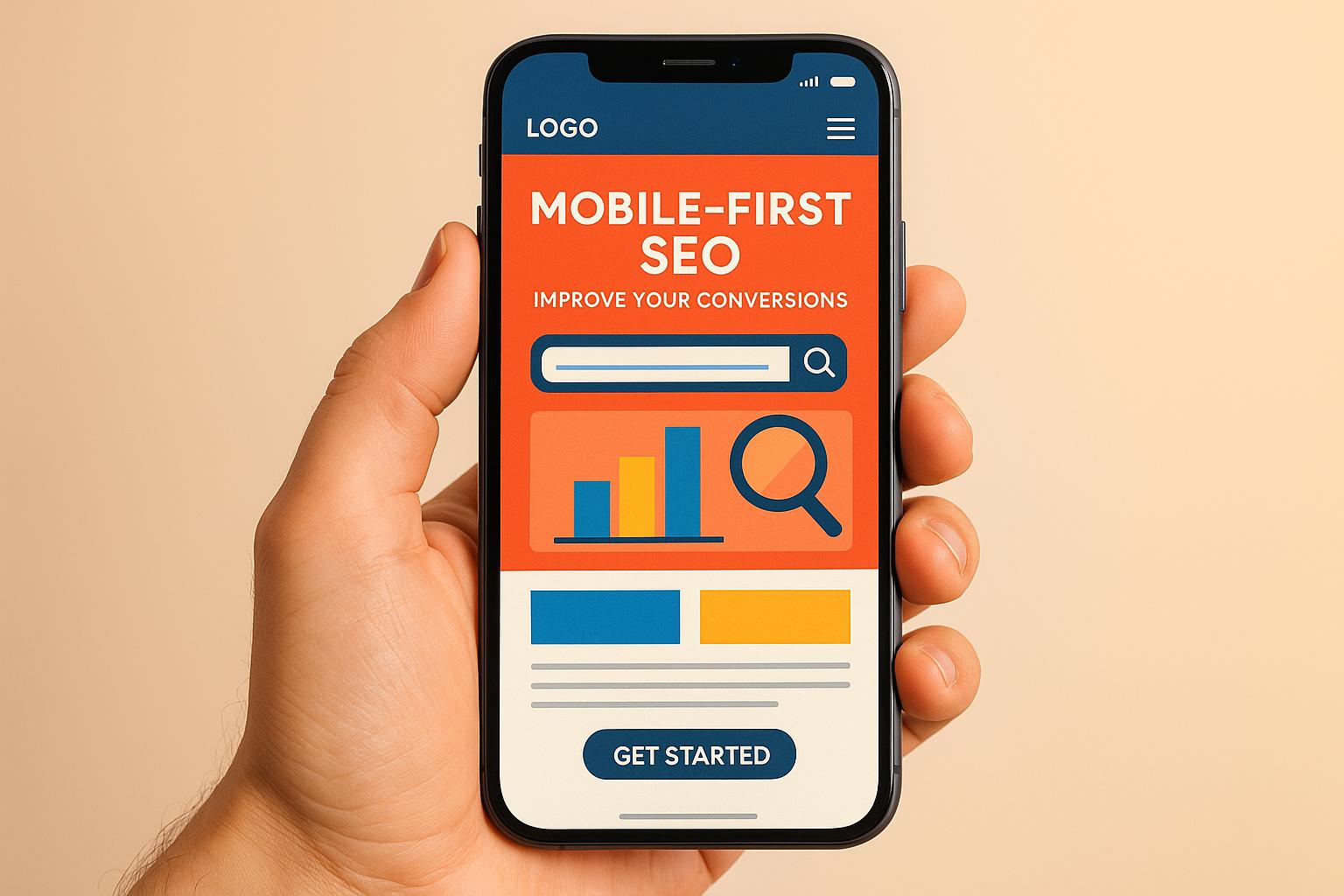

AI Mode & Deep Search: Google’s Big Shift

AI Mode & Deep Search: Google’s Big Shift
 17-06-2025 (Last modified: 19-06-2025)
17-06-2025 (Last modified: 19-06-2025)
We literally just finished writing our article on the May 2025 Google update (please check it out if your rankings went haywire like ours did!) and then Google went and did it again, and this time, it’s not just another algorithm update or minor tweak. It’s a fundamental shift, a “total rewire” that drastically changes the way we think about search and content creation. Welcome to the world of AI Mode and Deep Search.
1. AI Mode: From Keywords to Conversations
Let’s start off on the right foot: AI Mode isn’t an update – it’s a reinvention of search itself. Forget simple keyword matching and quick-answer snippets. Google’s new AI Mode is conversational, contextual, and designed around genuine human interactions.
With this big change, users no longer enter fragmented, keyword-heavy searches. Instead, they’re engaging in meaningful, layered conversations with Google. Imagine chatting with a super-smart assistant who remembers your previous questions, knows your likes and dislikes, understands your context, and anticipates your follow-up questions. That’s the future, and whether we are ready or not, it’s already here…

What This Means for Your Website and Content:
- Contextual Depth: Your content must deliver structured, thorough, contextually-rich answers aligned closely with user intent. To put this into one word, think EEAT. Superficial responses or keyword-stuffed paragraphs? Those are officially last decade.
- Anticipatory Content: You need to anticipate what the reader is going to ask to follow on from reading your content. Think about the user journey and then act on it by answering these questions for them.
- Conversational Tone: Think about how readers naturally communicate and match their conversational style.
Why Does AI Mode Matter?
AI mode is simple yet powerful: Google’s goal is to serve the user better, keeping them engaged within the search environment longer, facilitating richer interactions, and ensuring searchers get exactly what they need without multiple scattered queries – they aim to deliver the perfect user experience. According to Google’s AI and product teams, these deep, conversational searches boost user satisfaction significantly, fostering trust and repeated interactions.
Example:
Let’s take a look at a real example. Previously, the query ‘best Italian restaurants’ returned lists. Now, the search is: “I’m looking for a cozy Italian restaurant that serves gluten-free pasta near me, preferably open late.” Google’s AI Mode can effortlessly interpret this complexity and deliver highly specific, conversationally relevant results, saving the user time and delivering results that are highly accurate.
2. Deep Search: Expert-Level Insights in Seconds
Remember the traditional “10 blue links”? They’re fading fast. Google’s Deep Search provides comprehensive, citation-backed insights in real-time, reshaping research and content creation.
With Deep Search, Google combines and summarises multiple credible sources into authoritative snippets. It’s essentially doing the heavy lifting previously handled by meticulous hours of research, and delivering expert-level insight instantly.
Impact on Content Creation:
- End of Silos: If you still chase isolated high-volume keywords without interconnected, thematic content, your strategy is outdated.
- Integrated Content Workflow: Forward-thinking marketers are embedding Deep Search directly into their content creation and research processes, significantly cutting down research times.
- Citation and Authority Become Paramount: Google isn’t just summarizing – it’s validating. Credible, authoritative sources see increased visibility and traffic.

The Smart Marketer’s Response:
- Start structuring your content in-depth, clearly, and logically.
- Focus on comprehensive, authoritative pieces that tackle topics broadly and deeply.
- Build content around related user journeys and adjacent questions.
- Leverage citation-worthy content. Deep Search promotes trusted, accurate sources, so invest in EEAT (Experience, Expertise, Authoritativeness, Trustworthiness) to position your site as a credible resource.
Personal Example:
We have recently been investing a lot of time into going to the gym and working out (2025 goals!) but often sleep is interrupted by kids waking or the dog barking. We did a search on “The impact of sleep on athletic performance” and found that it no longer just links to several articles but offers an immediate, structured summary citing studies, athletes’ testimonials, and expert commentary – all in one easy to read and insightful, comprehensive snippet.
3. Rethinking Impact Measurement in AI Search
Google’s transition also signals a significant change in how we measure SEO and content performance.
Google confirms users clicking from AI-driven searches show higher engagement, lower bounce rates, and longer site visits. These clicks are essentially high-quality leads. And soon, we won’t need to speculate: Google is integrating AI Mode reporting directly into Search Console, offering clearer insights into how AI-driven interactions affect traffic and engagement.
Adapting Your Measurement Strategy:
- Focus on engagement metrics (time on site, pages visited, interaction rates – you can use PageTest.ai to help you with this!).
- Move away from pure traffic volume toward understanding how your audience engages post-click.
- Embrace AI Mode reporting when it becomes available to adjust your content strategy based on real-world, AI-driven search behavior.

Your Next Steps: Thriving in the AI Era
Step 1: Audit Your Current Content
- Identify thin or isolated content.
- Redesign these pieces into comprehensive, conversational, and connected content clusters.
Step 2: Revisit Your SEO Strategy
- Move beyond keyword targeting to topic-cluster strategies.
- Invest in schema markup and structured data to aid Deep Search understanding.
Step 3: Build Authority
- Focus on EEAT criteria explicitly.
- Get backlinks and citations from credible, authoritative sources.
Step 4: Prepare for New Analytics
- Stay tuned for AI Mode reports in Google Search Console – we are very excited about this!
- Adjust your KPIs around engagement and user journey depth.
Final Thoughts
AI Mode and Deep Search aren’t just updates – they’re a total paradigm shift. For marketers and SEOs, the rules of engagement have changed. It’s a new game, with deeper conversations, richer content, and smarter measurement.
Adapt swiftly (and quickly), embrace conversational content, anticipate layered questions, and integrate expert-backed insights. The next era of SEO isn’t just about ranking – it’s about mastering the art of conversation and credibility.
The future belongs to those who engage meaningfully. Are you ready??
FAQ:
Q: What is Google’s AI Mode?
A: AI Mode is Google’s new conversational search approach, designed to interpret user queries contextually and anticipate follow-up questions, dramatically shifting how content must be structured.
Q: How is Deep Search different from traditional search results?
A: Unlike standard results, Deep Search provides comprehensive, citation-backed insights instantly, combining multiple expert sources into authoritative summaries.
Q: How should my content strategy change for AI Mode?
A: Create content that’s conversational, deeply contextual, structured around user intent, and anticipates layered questions throughout the user journey.
Q: Will AI Mode reporting be available in Google Search Console?
A: Yes, Google has confirmed that detailed AI Mode engagement metrics will soon be integrated into Search Console, offering clearer insights into user interactions.
Q: Does AI Mode affect SEO and keyword targeting?
A: Absolutely. Traditional keyword targeting gives way to topic clusters and conversational, intent-based optimization, emphasizing depth and authority over keyword volume alone.
say hello to easy Content Testing
try PageTest.AI tool for free
Start making the most of your websites traffic and optimize your content and CTAs.
Related Posts

 28-11-2025
28-11-2025
 Becky Halls
Becky Halls
AI Social Media: How to Prepare for 2026
AI social media has flipped regular social media on its head! Not slowly. Not subtly. Completely!Feeds are now prediction engines. Creators are using AI in their workflows. Platforms are ranking content based on behaviour signals and semantic meaning rather than hashtags alone. And the gap between brands who adopt AI early and brands who don’t […]
 24-11-2025
24-11-2025
 Becky Halls
Becky Halls
How Social Media Marketing Will Change in 2026: Stop Posting, Start Getting Found
Social media is no longer a place people visit after they have finished “real” research. For a huge chunk of users, especially under 35, TikTok, Instagram, YouTube and Reddit are where research starts: which product to buy, which tool to try, what restaurant to visit, how to fix a problem. In 2025, almost two thirds […]

 20-11-2025
20-11-2025
 Ian Naylor
Ian Naylor
How Mobile-First SEO Impacts Conversions
Optimizing for mobile is crucial for improving user experience and boosting conversion rates, as mobile traffic continues to rise.
